The excitement surrounding Capcom’s Street Fighter 6 is palpable. The new characters, modes, interesting eSport features, and several returning, yet tweaked, game mechanics have all led to a single narrative – Street Fighter 6 has the potential to be one of the best games in the franchise. After spending time in the recent closed beta, I tend to agree.
Since it was announced in February 2022, SF6 has had fans clamoring to play, even more so after the gameplay that was showcased during PlayStation’s June State of Play. The flashy moves and colorful characters looked amazing then and look amazing now. But none of those early looks hold a candle to what I experienced in the recent Closed Beta Test. What was advertised by Capcom more than lives up to the hype.
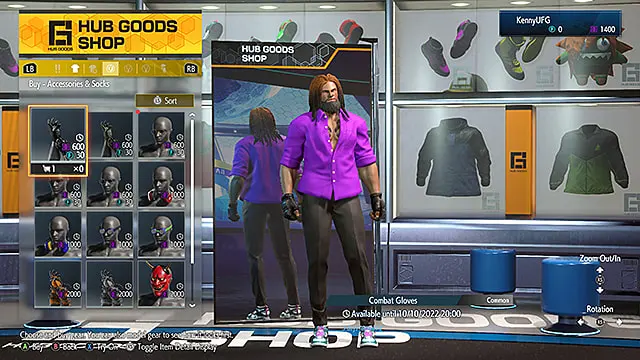
The closed beta test didn’t provide access to the game’s single-player World Tour mode. Instead, it was mostly focused on online bouts between players interacting with the Battle Hub and its associated attractions, such as a shop to buy new threads for avatars.
It’s a much-needed space given the limited pool of customizable options, especially for people of color. Despite being able to alter one’s shape and size in cartoonish ways, most Black avatars sported the same dreads and afro hair options as I did. That aspect of play will probably come into its own as the game gets much closer to launch.
The Battle Hub itself is more or less a giant 3D lobby with arcade machines, giant screens showcasing the top players based on win streaks, and places to pose while taking pictures. It’s essentially a means of self-expression and a place to hang out between bouts. So, it only makes sense that players will be given more cosmetic options as things progress.
The area offers other points of interest, as well. There’s a spot where you can play old-school Capcom games like Final Fight or engage in Extreme Battles, such as one where you play seesaw with one life bar while fighting over Mets (the construction workers from Mega Man) who descend onto the stage at random intervals. The most appealing thing about it, though, is how the Battle Hub enables player choice concerning traditional competitive play.
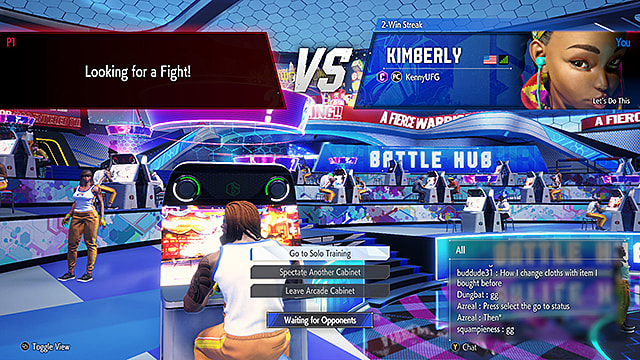
You can sit at one of the many arcade machines stationed around the room and wait for someone to join you, or go to settings and toggle causal or ranked matchmaking at will. The former option gives you time to look about, practice your moves in a training area, or join a queue and/or spectate other players while waiting your turn. The latter, of course, handles everything in the background, speeding up the process of finding an opponent.
Having multiple ways to engage in combat is ideal. One of the frustrations players have with certain modern fighters is how long it can take to get matched up. Cool-looking avatars and 3D lobbies are fine in theory, but in practice, these gimmicks tend to prolong the periods between fights. SF6 negates these problems by giving you a “quick play” option with background matchmaking. Essentially, you can check out the attractions or get right down to business. Picking a preferred character and stage before initiating this process also helps; nothing will keep you from a given bout for too long, the rare connection error notwithstanding.
The same goes for the post-fight options. Choose rematch, and seconds later, you’ll be greeted with another set of rounds thanks to SF6′s almost nonexistent load times. No one wants to wait around for matches to start, especially newer players looking to develop their skills; win or lose, it’s all about the next fight. Of course, there are options for those who want to slow things down and screen their opponents. For instance, it’s possible to check opponents’ connections and other information before agreeing to the match, but it still doesn’t take much time to get things started.
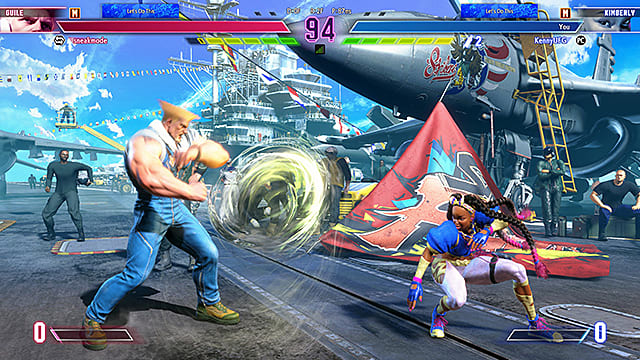
The absence of SF6‘s Fighting Ground was the only thing that marred the CBT experience. This section of the game’s main menu, dedicated to solo and offline play, wasn’t available during the beta, so players couldn’t readily train before being thrown into matches. As mentioned, the Battle Hub does have a training option, but only to a degree. And even that can be hampered by people joining your station, their presence pulling you out of training and into a match before you’re ready. With that said, there is a tips section, hidden in the menus, offering a tutorial that teaches SF6‘s basics, something that’s needed considering all that’s changed since Street Fighter 5.
Street Fighter 6 features a unique blend of old and new fighting mechanics, all of which are centered around the new Drive Gauge, a meter located below the health bar that governs the use of Focus abilities, Parries, EX-versions of special moves, and more.
The Focus attacks, now called Drive Impact, are performed by pressing the Heavy Punch and Kick buttons at the same time. The resulting powerful attack can eat through two incoming hits before connecting, causing your opponent to crumble if timed right. The Drive Parry is somewhat akin to moves in Street Fighter 3: Third Strike but simplified; holding down the Medium Punch and Kick buttons will cause you to enter a Parry state, negating attack damage from everything but grabs while slowly draining the Drive Gauge.
The EX-versions of moves function as expected. Pressing two punches or kicks when performing a special move will amplify it; projectiles might move faster across the screen, while a normal uppercut may take on flaming properties for more damage. The difference here is that these moves don’t depend on your Super Art Gauge anymore. A character’s most devastating attacks are no longer sacrificed for powered-up specials.
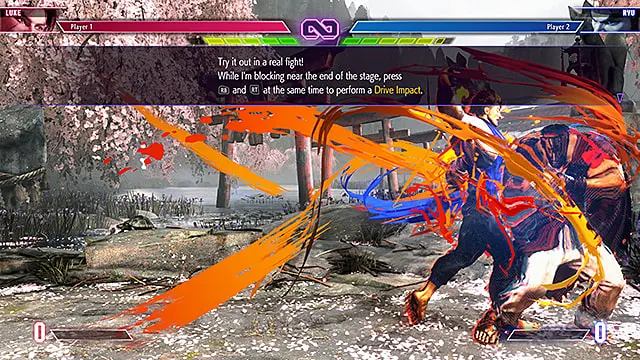
SF6‘s Drive Gauge successfully changes off the basic meta. Certain base aspects are still prominent thanks to a solid neutral meta full of faints, “footsies,” and move priority. But this new gauge adds to the normal set of mind games typically played during matches.
Take the Drive Impact, for instance. It can now be blocked, sending opponents reeling upon contact but otherwise offering very little damage. That is unless they were backed into a corner first. Landing a Drive Impact on a blocking opponent in this case will induce a wall splat, making them vulnerable to follow-up attacks.
This move can be negated with a Drive Parry. Perform a perfect Parry by initiating the move when an attack is about to land, and you’ll not only be able to counter the Impact but will also restore a portion of your own Drive Gauge. You can also use your own Drive Impact move, though the timing is tighter, upping the risk. That said, if you come out on top, you’ll land a strong blow and be able to follow up shortly thereafter.
Adding to all of this is the danger of running out of steam. If you use Drive abilities too much (or get hit by Drive attacks), you’ll lose meter. Lose too much and you’ll Burnout, making it impossible to use your Drive for a short duration. Worse, if you get hit with a wall splat during this time, you’ll become dizzy and again, be open for attack.
There’s much more to the Drive system, the inner workings of which are pretty interesting and add to the competitive nature of Street Fighter. What players should ultimately know, however, is that SF6‘s combat feels great. Sitting somewhere between SF4 and SF5 in terms of player agency because of the lenient linking/combo mechanics and a welcoming approach to more complex maneuvers. As an avid Street Fighter fan, I found my footing quickly. Landing chained attacks, juggling opponents, canceling into supers – it was like riding a bike.
That said, newer players shouldn’t have too much trouble getting a base understanding of what’s going thanks to how the game telegraphs each swing before it’s thrown.

The Drive Impacts, for instance, are flashy ink-filled strikes with startups that become more noticeable as you play. The same can be said of the supers. Each character has three ultimate moves, and they’re all tied to a level on the Super Art Gauge. From what I’ve seen, most have a strong tell – the Level 2 and Level 3 moves are especially telling, given that they’re more cinematic in nature. Players will more easily be able to read a situation based on how many bars an opponent has and how they’d go about setting up an attack.
The moment-to-moment fighting is further enhanced by different control schemes. A classic version presents the expected six-button step up. It allows for better control over your character’s actions, potentially leading to longer combos. The Modern choice, on the other hand, ties certain specials to individual buttons making trickier maneuvers easier to pull off. So while the base level of play is open to everyone, the skill ceiling is still pretty high, making the system a win for seasoned vets and newcomers alike.
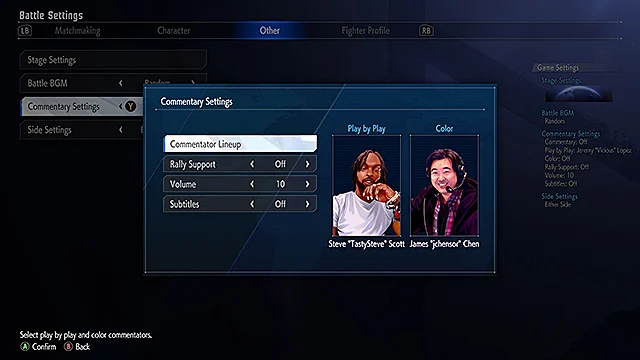
Street Fighter 6 is shaping up to be an amazing fighter. The new Drive system is wonderful in its simplicity but still allows for complex skill-based maneuvers. There seems to be more accessibility options this time around, too. SF6‘s rollback netcode kept matches lag-free, even when playing cross-platform. The early pool of characters not only looks great design-wise but also feels somewhat balanced.
Even the in-game commentary feature is cool. There were several repeated lines that eventually grew old, though there were moments it sounded like a real tournament-style match. You can even tweak what’s said so that the commentators cheer you on while during a match.
It’s going to take some time with the full release before I can fully champion Street Fighter 6 , especially considering we haven’t even experienced the World Tour mode yet. What I can say, though, is that SF6 has the potential to be the first entry in the series to best Third Strike. And that’s no small feat.

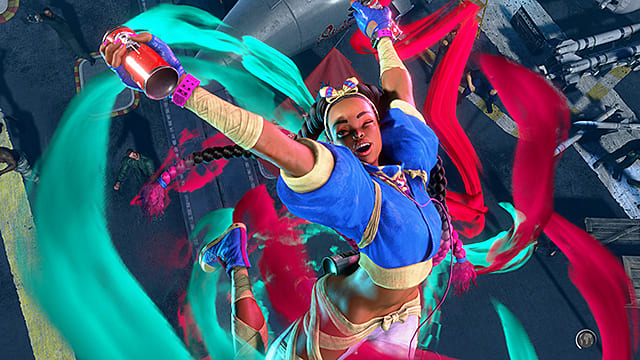


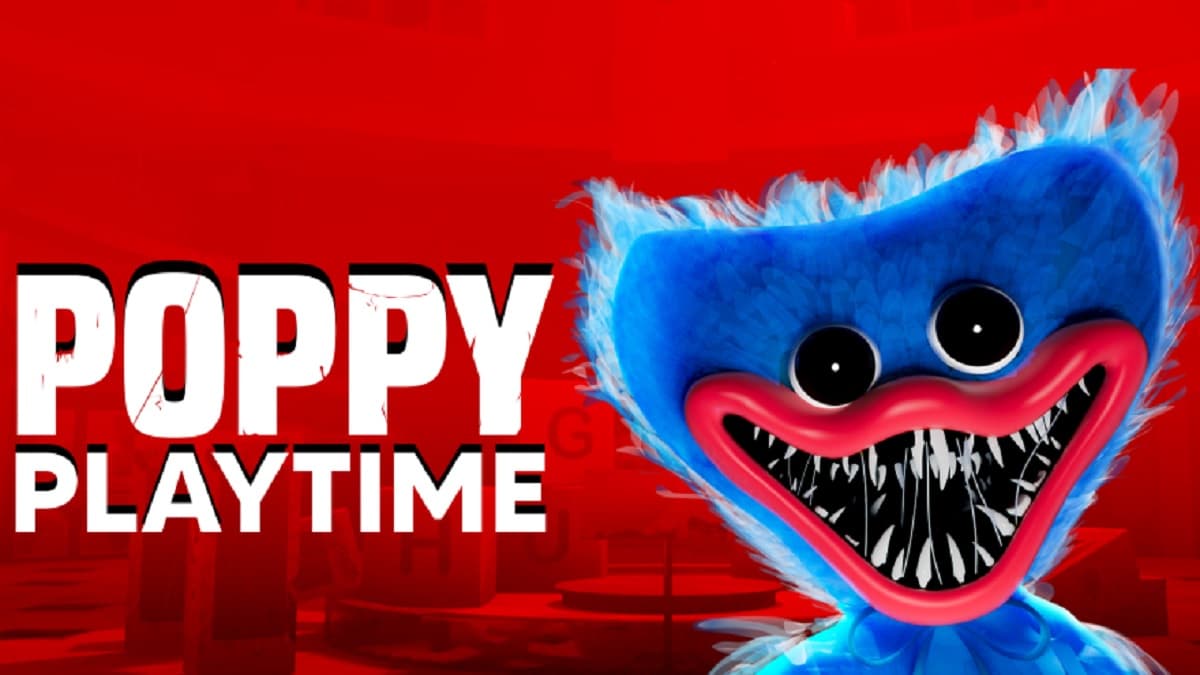
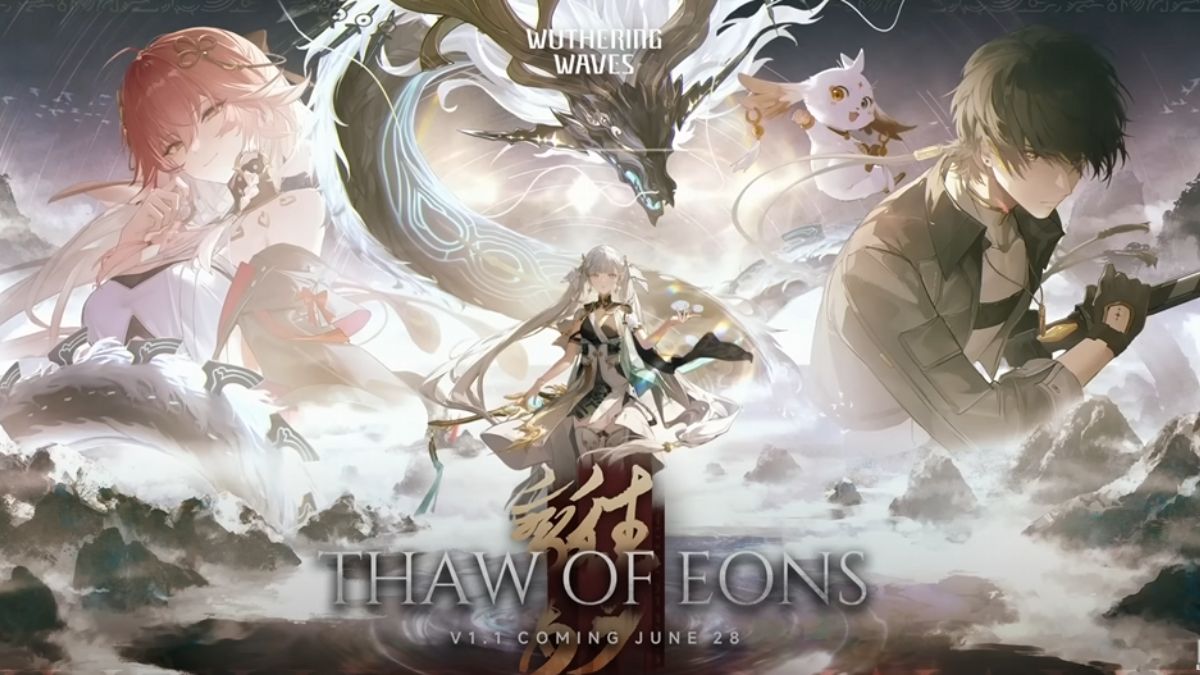
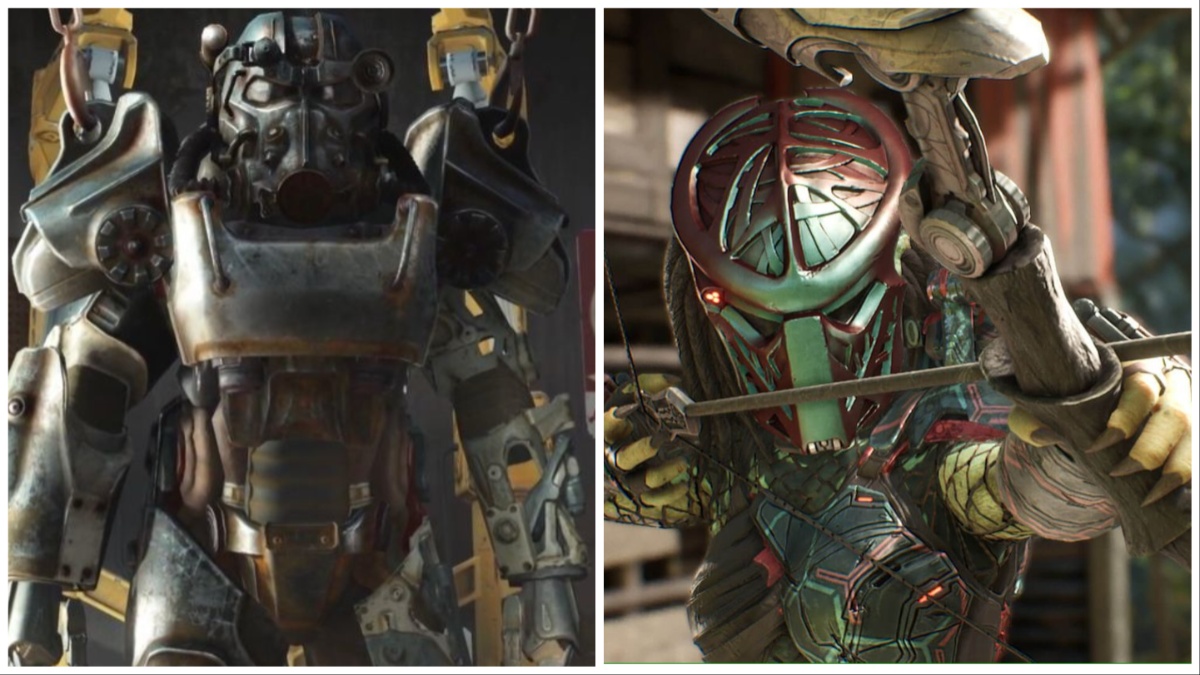

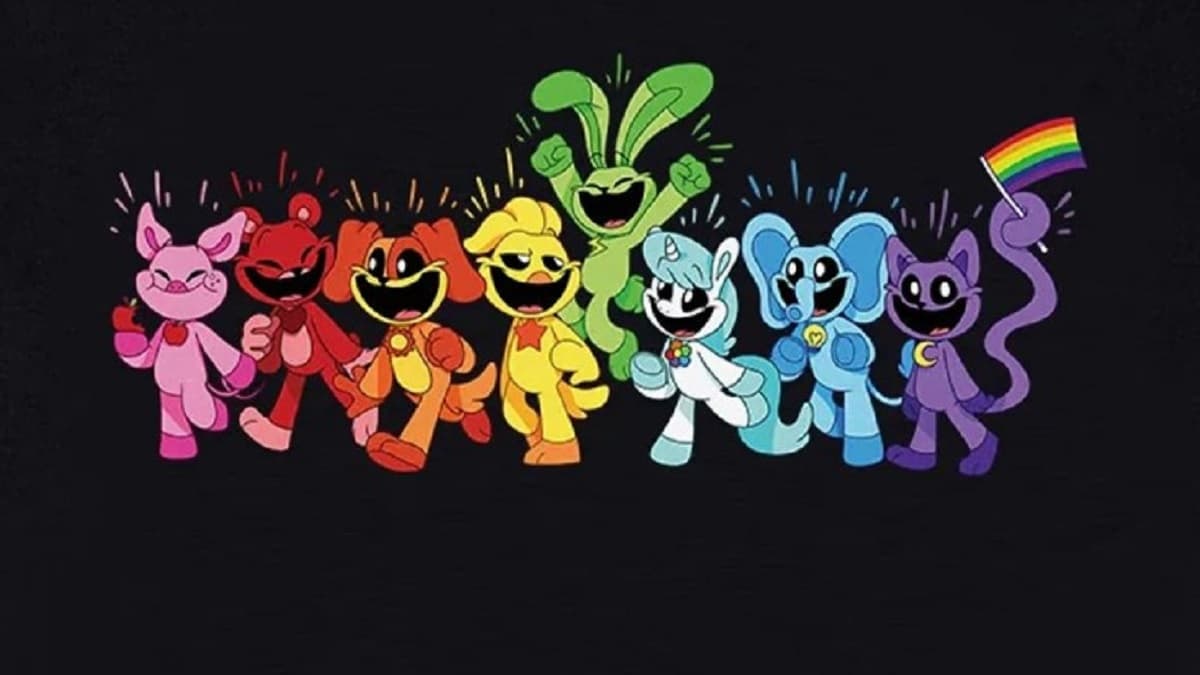
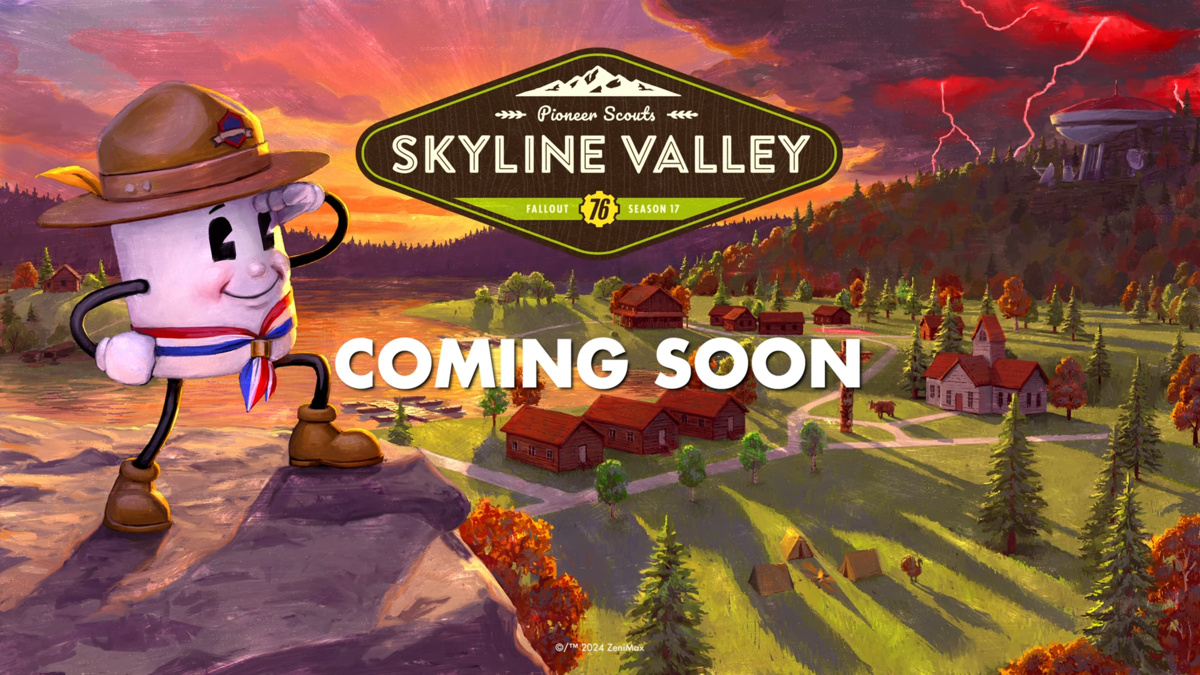
Published: Oct 8, 2022 06:35 pm